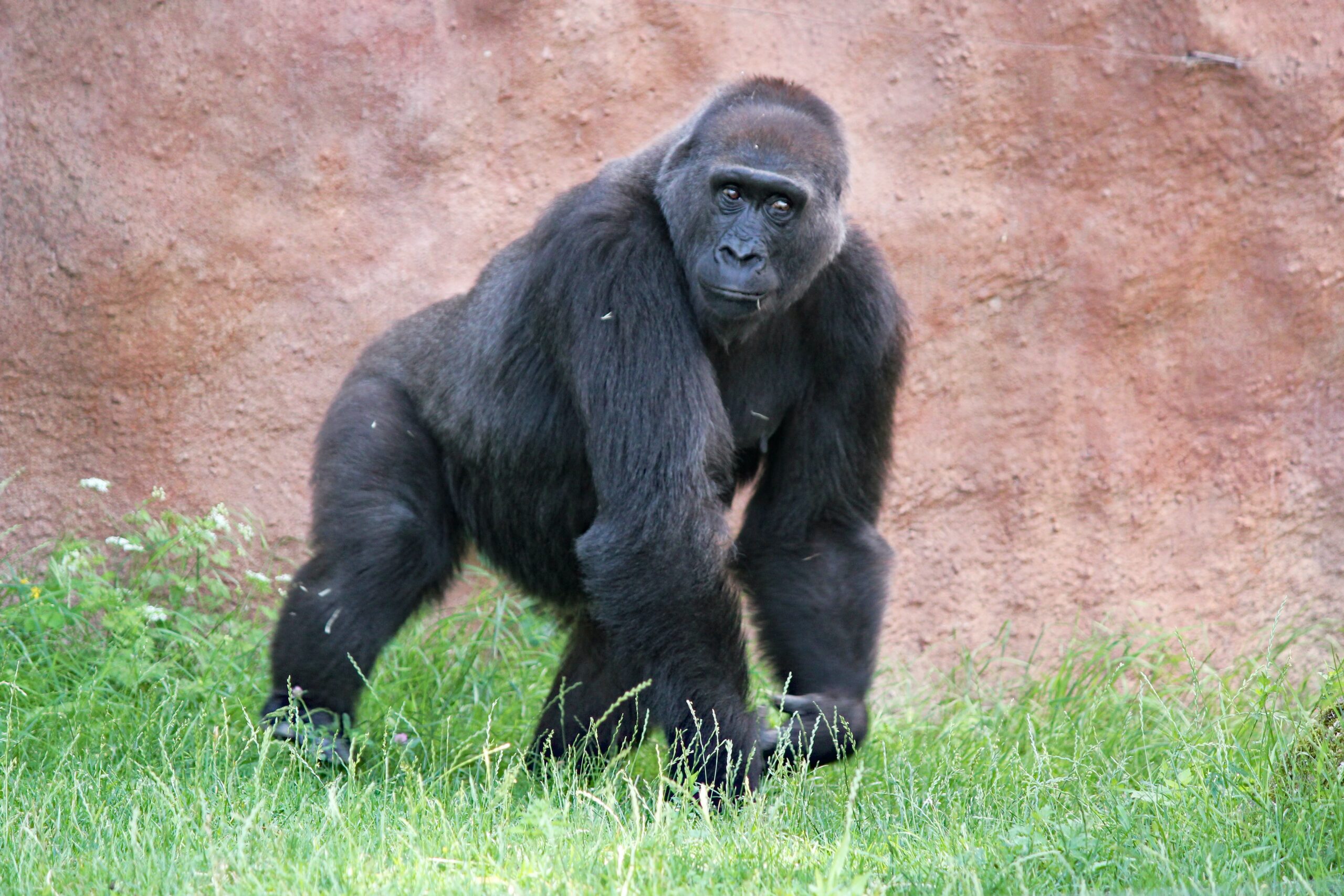Welcome to the extraordinary world of great apes! These remarkable creatures belong to the animal kingdom’s order Primates and the family Hominidae. Great apes, also known as hominids, are our closest relatives in the animal kingdom.
Renowned for their high intelligence, complex social structures, and striking physical characteristics, they captivate our fascination. Take a moment to explore their various species, diet, reproductive habits, lifespan, unique traits, and see how they are distinguished from the monkeys. Let’s embark on an enlightening journey to discover more about these majestic and intelligent beings that share our planet!
Types of Great Apes:
There are four recognized species of great apes. Here is a quick look into each of these species:
Orangutan: Orangutans are large, solitary apes native to the rainforests of Borneo and Sumatra. They have reddish-brown hair, long arms, and a gentle disposition. Orangutans are highly intelligent and known for their impressive climbing and tool-using abilities.
Gorilla: Gorillas are the largest primates and inhabit the forests of Central and Eastern Africa. They have a muscular build, with males (silverbacks) being much larger than females. Gorillas are herbivores and live in social groups led by a dominant male.
Chimpanzee: Chimpanzees are intelligent and highly adaptable apes found in the forests of Central and West Africa. They have long arms, opposable thumbs, and are known for their complex social behaviors, tool use, and problem-solving abilities.
Bonobo: Bonobos are closely related to chimpanzees and inhabit the forests of the Democratic Republic of Congo. They share many physical features with chimpanzees but have a more slender build. Bonobos are characterized by their peaceful and matriarchal social structure, as well as their strong social bonds and extensive sexual behaviors.
Each species possesses distinct physical features, habitats, and behaviors, making them fascinating subjects for study. These great apes exhibit remarkable cognitive abilities and are known for their advanced problem-solving skills, tool use, and emotional complexity.
What makes great apes unique?
Great apes possess several unique characteristics and traits that distinguish them from other animals. They have a high degree of intelligence, displaying advanced problem-solving skills, social learning, and the ability to use tools.
Great apes also exhibit complex emotional behaviors, such as empathy, compassion, and the capacity for forming deep social bonds within their groups. Additionally, their ability to communicate through a combination of vocalizations, gestures, and facial expressions is remarkable.
The great apes are extraordinary creatures that captivate us with their intelligence, social complexity, and remarkable behaviors. As we delve into the world of these majestic beings, we develop a deeper appreciation for their similarities to humans and the importance of conserving their habitats.
By understanding and protecting the great apes, we not only preserve our own heritage but also contribute to the conservation of biodiversity and the delicate balance of our natural world. Let us continue to marvel at the wonders of great apes and work together to ensure their survival for generations to come.



































































